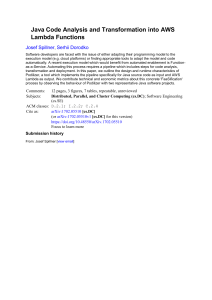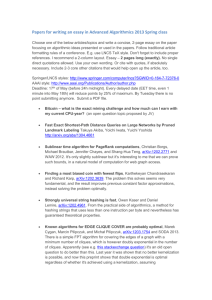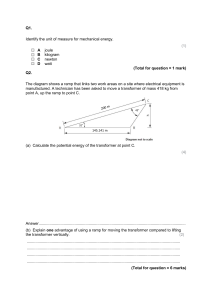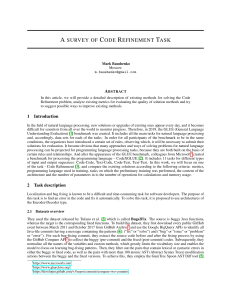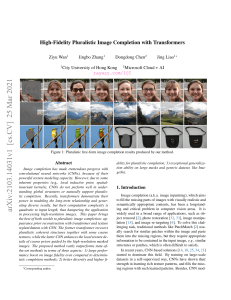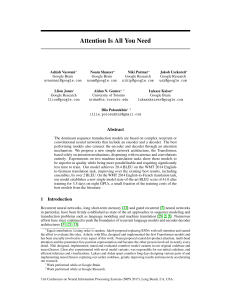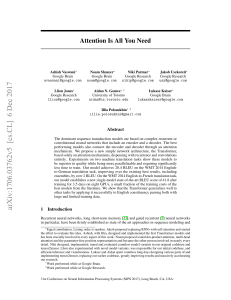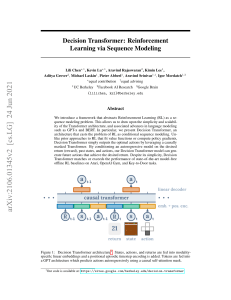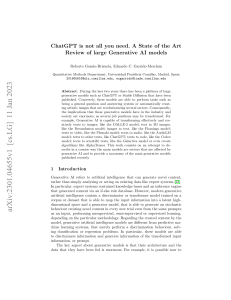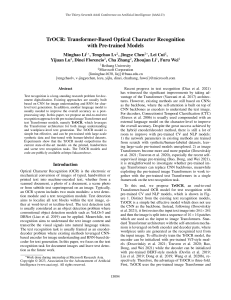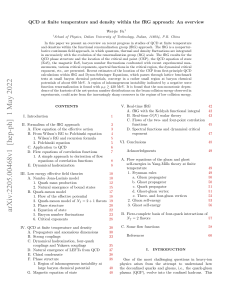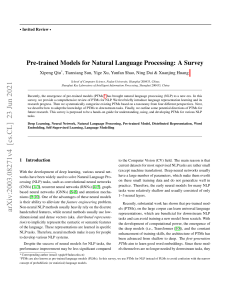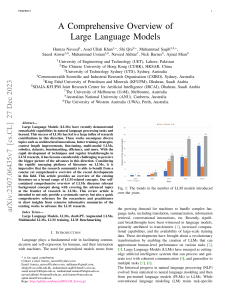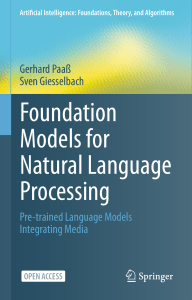GPT-4: The Next-Generation Language Model Revolutionizing AI Applications
advertisement
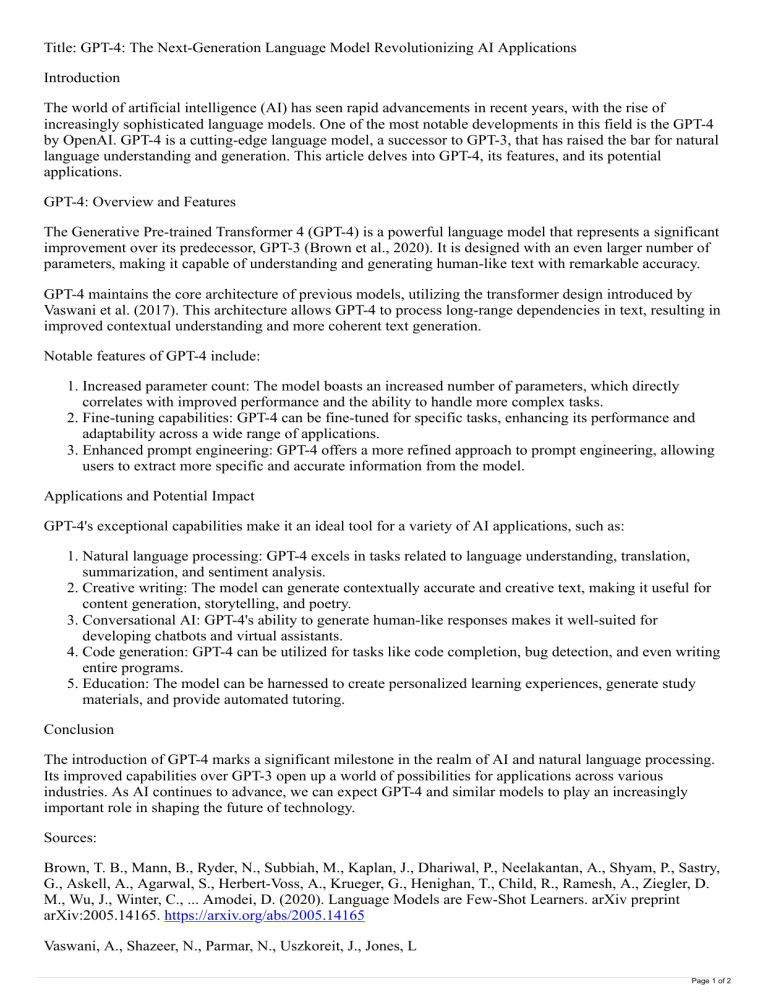
Title: GPT-4: The Next-Generation Language Model Revolutionizing AI Applications Introduction The world of artificial intelligence (AI) has seen rapid advancements in recent years, with the rise of increasingly sophisticated language models. One of the most notable developments in this field is the GPT-4 by OpenAI. GPT-4 is a cutting-edge language model, a successor to GPT-3, that has raised the bar for natural language understanding and generation. This article delves into GPT-4, its features, and its potential applications. GPT-4: Overview and Features The Generative Pre-trained Transformer 4 (GPT-4) is a powerful language model that represents a significant improvement over its predecessor, GPT-3 (Brown et al., 2020). It is designed with an even larger number of parameters, making it capable of understanding and generating human-like text with remarkable accuracy. GPT-4 maintains the core architecture of previous models, utilizing the transformer design introduced by Vaswani et al. (2017). This architecture allows GPT-4 to process long-range dependencies in text, resulting in improved contextual understanding and more coherent text generation. Notable features of GPT-4 include: 1. Increased parameter count: The model boasts an increased number of parameters, which directly correlates with improved performance and the ability to handle more complex tasks. 2. Fine-tuning capabilities: GPT-4 can be fine-tuned for specific tasks, enhancing its performance and adaptability across a wide range of applications. 3. Enhanced prompt engineering: GPT-4 offers a more refined approach to prompt engineering, allowing users to extract more specific and accurate information from the model. Applications and Potential Impact GPT-4's exceptional capabilities make it an ideal tool for a variety of AI applications, such as: 1. Natural language processing: GPT-4 excels in tasks related to language understanding, translation, summarization, and sentiment analysis. 2. Creative writing: The model can generate contextually accurate and creative text, making it useful for content generation, storytelling, and poetry. 3. Conversational AI: GPT-4's ability to generate human-like responses makes it well-suited for developing chatbots and virtual assistants. 4. Code generation: GPT-4 can be utilized for tasks like code completion, bug detection, and even writing entire programs. 5. Education: The model can be harnessed to create personalized learning experiences, generate study materials, and provide automated tutoring. Conclusion The introduction of GPT-4 marks a significant milestone in the realm of AI and natural language processing. Its improved capabilities over GPT-3 open up a world of possibilities for applications across various industries. As AI continues to advance, we can expect GPT-4 and similar models to play an increasingly important role in shaping the future of technology. Sources: Brown, T. B., Mann, B., Ryder, N., Subbiah, M., Kaplan, J., Dhariwal, P., Neelakantan, A., Shyam, P., Sastry, G., Askell, A., Agarwal, S., Herbert-Voss, A., Krueger, G., Henighan, T., Child, R., Ramesh, A., Ziegler, D. M., Wu, J., Winter, C., ... Amodei, D. (2020). Language Models are Few-Shot Learners. arXiv preprint arXiv:2005.14165. https://arxiv.org/abs/2005.14165 Vaswani, A., Shazeer, N., Parmar, N., Uszkoreit, J., Jones, L Page 1 of 2 Page 2 of 2

